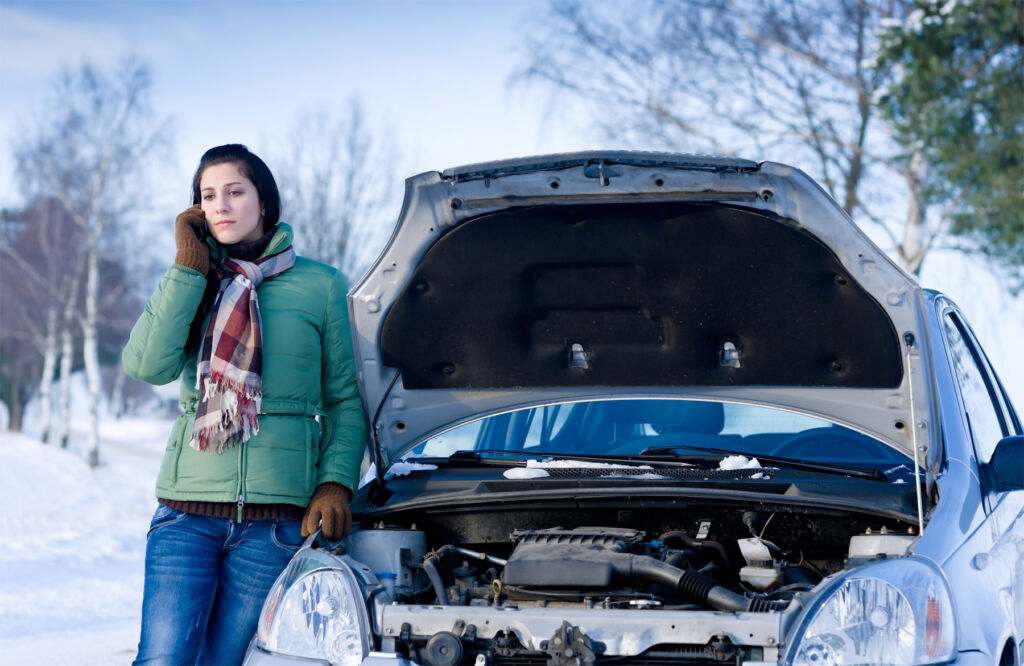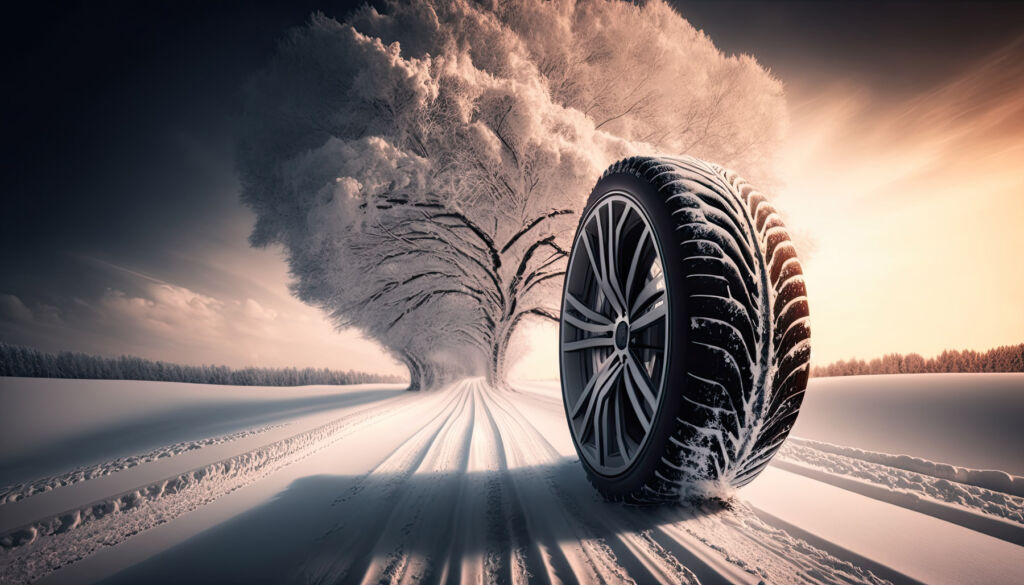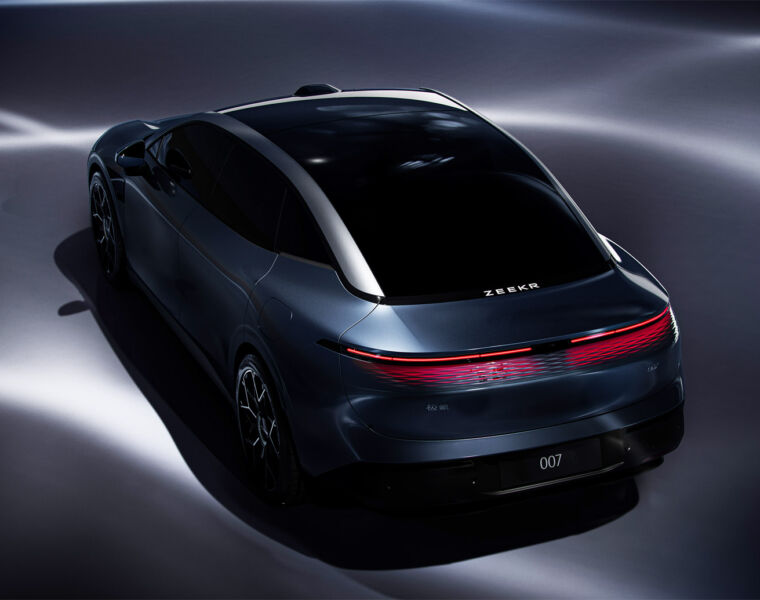
Winter driving poses a wide range of risks, from navigating icy and snowy conditions to encountering reduced road visibility. While well-meaning motorists are often eager to share their tips for staying safe in cold conditions, avoiding certain ones is wise.
For this guide, motoring expert Graham Conway, the Managing Director at Select Car Leasing, lifts the lid on some of the most common pieces of winter driving advice that don’t stand up to scrutiny:
Pouring Boiling Water on an Iced-up Windscreen
This is one of the most obvious winter driving errors, but one to flag again. Even though you might be rushed for time, pouring boiling or warm water on an iced windscreen is a big no-no.
Sudden changes in the glass temperature can cause splits and cracks to appear. Even lukewarm water poured on freezing cold glass can cause it to fracture, particularly if there are already small cracks in the windscreen, and don’t forget that boiling hot water can also damage paintwork.
Instead, just use a dedicated de-icer, a scraping tool, and some elbow grease!
Engines Need a Few Minutes to Warm Up in the Cold
Most modern vehicles are warmed up and okay to drive approximately 15-30 seconds after the engine has started. There’s even a school of thought that repeatedly ‘warming up’ your engine for prolonged periods can shorten the unit’s life because you’re stripping away oil from the cylinders and pistons.
This ‘myth’ is a hangover from decades ago, when old engines had fuel systems that relied on carburettors rather than modern fuel injectors. Carburettors did need warming up; modern engines do not.
Fog Lights Must Always be on in Foggy Conditions
Turning on your fog lights at the first sign of reduced visibility can be tempting. However, the Highway Code stipulates that they should only be activated when visibility drops to 100 metres (328 feet), roughly the length of a football pitch.
Turning them on in not-so-extreme conditions will pose risks to other road users, as they ‘dazzle other road users and can obscure your brake lights’, according to the Highway Code, which also states that you ‘MUST switch them off when visibility improves’.
Failure to abide by these rules can see motorists being handed a £50 fine.
It’s also wise to use dipped headlights rather than the full beam in foggy conditions because the fog can reflect the light back, further reducing visibility.
You can Drive with Snow and Ice on Your Car if Your Windscreen is Clear
Most drivers are aware of the need to clear snow and ice from windscreen and windows, and neglecting to do so can result in a £60 fine and three penalty points on your licence.
But you also need to clear snow from other areas of your car, particularly your roof.
Left unchecked, the snow sitting on a car roof might slide onto your windscreen when you brake, obstruct the rear window as you speed up, or pose a hazard by blowing into the path of other traffic. Also, don’t neglect your number plates.
Driving with obscured plates due to snow, ice, or mud could lead to a hefty £1,000 fine if caught. You might also end up trapped in a car park that relies on Automatic Number Plate Recognition (ANPR) to check cars in and out.

Insurers will Always Pay Out if you Crash on Ice
No matter what the road conditions are like, motorists can still be ‘At fault’ if they’re involved in an accident on icy roads, even if the conditions have played a significant role in the collision.
In incidents involving other drivers, all relevant circumstances are taken into account, including the standards of your own driving.
Have you really adjusted your driving according to what’s happening outside your car’s cabin? Keep in mind as well that stopping distances on ice can be up to 10 times longer compared to dry conditions.
You Must Carry a Winter Emergency Kit in Your Car by Law
While drivers aren’t legally obligated to carry an emergency kit, it’s highly advisable, especially as temperatures drop.
Consider packing essentials like warm clothing, de-icer, jump leads, and other useful items as the weather gets colder.
Read more motoring features and guides here.
![]()




You must be logged in to post a comment.